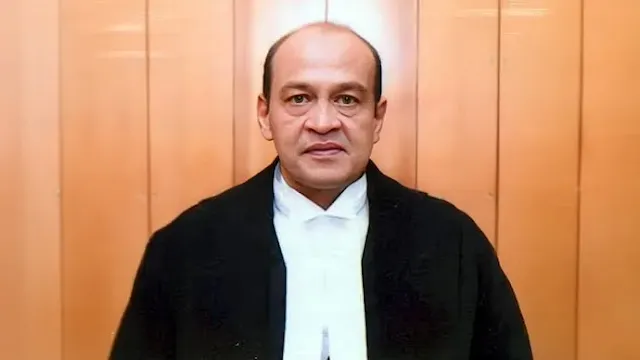Justice Yashwant Varma, a sitting judge of the Delhi High Court, has recently become the focal point of a significant judicial controversy in India. The situation escalated following the alleged discovery of a substantial amount of unaccounted cash at his official residence, prompting the Supreme Court to initiate an in-house inquiry. This development has raised critical questions about judicial accountability and the mechanisms in place to address allegations against members of the higher judiciary.
The Incident and Immediate Aftermath
The controversy began on March 14, 2025, when a fire broke out in the storeroom of Justice Varma's official residence in Lutyens' Delhi. Firefighters responding to the incident reportedly discovered a large sum of cash, allegedly amounting to ₹15 crore, amidst the debris. Although no formal First Information Report (FIR) was filed due to the absence of injuries, videos of the cash were recorded and shared with senior Delhi Police officials, leading to the involvement of higher judicial authorities .
In response to the incident, Chief Justice of India (CJI) Sanjiv Khanna convened an extraordinary meeting of the Supreme Court Collegium. The Collegium recommended the transfer of Justice Varma back to the Allahabad High Court, his parent court, as a preliminary measure. Additionally, the Delhi High Court was directed not to assign any judicial work to Justice Varma pending further investigation .
The In-House Inquiry Mechanism
The Supreme Court's in-house procedure for investigating allegations against judges is a mechanism designed to uphold the integrity of the judiciary. Originating from the 1995 judgment in C Ravichandran Iyer v. Justice AM Bhattacharjee, the procedure was formalized in 1999 following recommendations from a committee comprising three Supreme Court judges and two senior-most Chief Justices of High Courts .
Under this procedure, when a serious complaint is made against a High Court judge, the Chief Justice of that court seeks the judge's response. If deemed necessary, the matter is escalated to the CJI, who may constitute a three-member committee to conduct a fact-finding inquiry. This committee, comprising two Chief Justices of High Courts and one High Court judge, operates with flexibility, devising its own procedure consistent with principles of natural justice. Notably, the inquiry is not a formal judicial proceeding and does not involve examination or cross-examination of witnesses .
Findings and Recommendations
On May 8, 2025, CJI Khanna forwarded the findings of the in-house committee investigating Justice Varma to both the President and the Prime Minister of India. This action suggests that the committee found sufficient substance in the allegations, warranting further action. Typically, if a judge refuses to resign following such findings, the CJI informs the President and Prime Minister, potentially leading to impeachment proceedings .
Historical Context and Precedents
The in-house procedure has been invoked in several notable cases. For instance, in 2014, Justice Swatanter Kumar faced allegations of sexual harassment, leading to an in-house inquiry. Similarly, Justice Soumitra Sen of the Calcutta High Court was found guilty of misappropriating funds, resulting in his resignation in 2011 before the completion of impeachment proceedings. These cases underscore the judiciary's commitment to self-regulation and maintaining public confidence in its integrity.
Legal and Political Implications
The Justice Varma case has sparked discussions about the balance between judicial independence and accountability. While the in-house procedure allows the judiciary to address allegations internally, it also raises concerns about transparency and public trust. The involvement of the executive branch, through the President and Prime Minister, in the final stages of the process, highlights the delicate interplay between different branches of government in upholding judicial integrity.
Conclusion
The situation surrounding Justice Yashwant Varma underscores the importance of robust mechanisms to address allegations against members of the judiciary. The in-house procedure serves as a critical tool in this regard, enabling the judiciary to investigate and respond to serious complaints while preserving its independence. As the case progresses, it will be essential to ensure that the principles of natural justice are upheld, and that any actions taken reinforce public confidence in the judicial system.










0 Comments
Thank you for your response. It will help us to improve in the future.